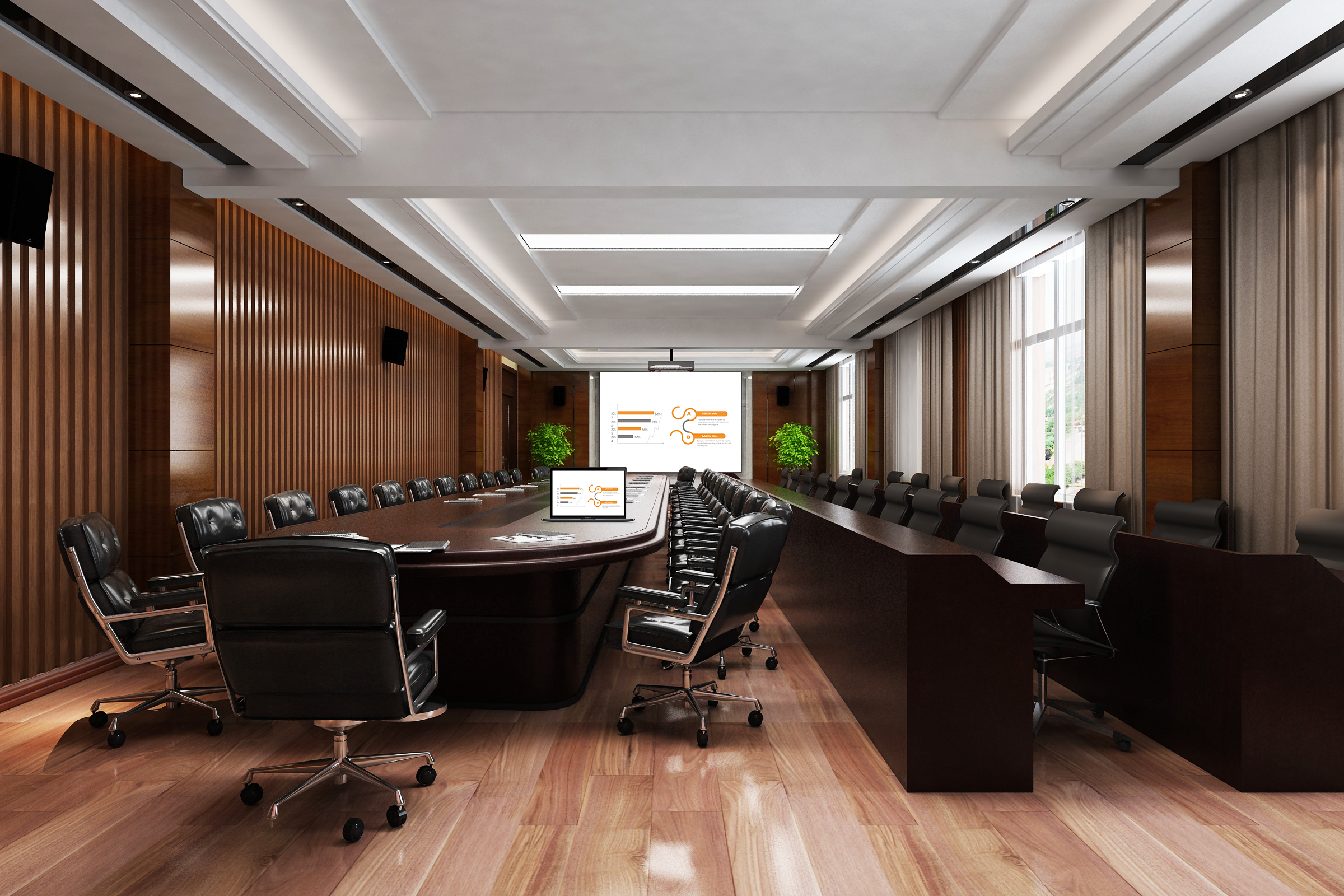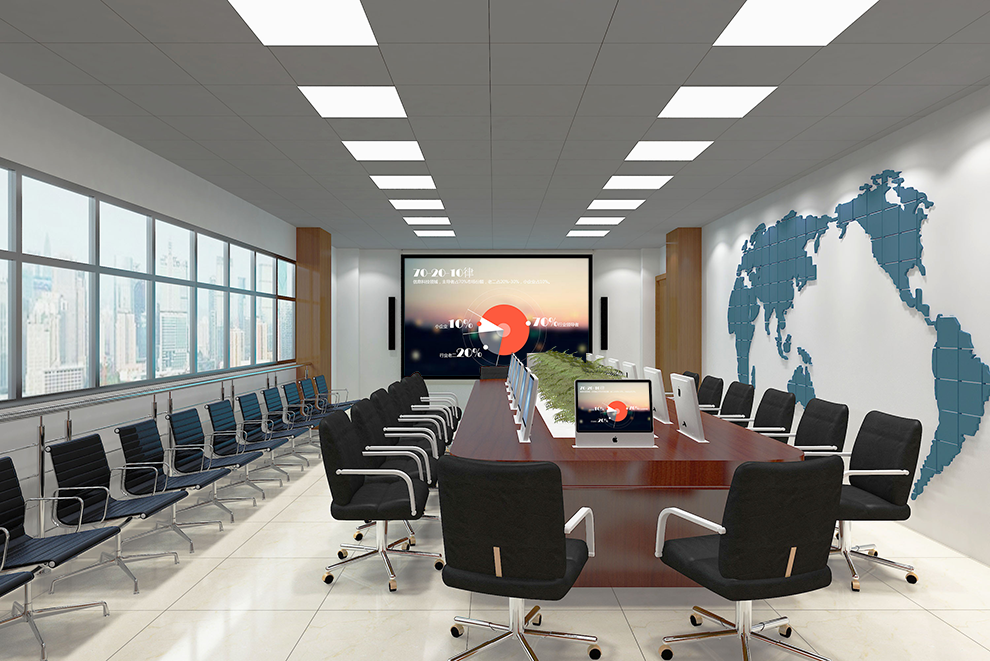WiDi: More Professional Windows Screen Mirroring
Want your Windows computer to achieve native WiDi wireless screen mirroring, saying goodbye to the hassle of “installing software, connecting cables, and failing to connect”? This screen mirroring device is deeply adapted to the WiDi protocol! No extra plugins are needed. Connect your computer to a large screen with one tap, covering scenarios like office presentations, design displays, and training. It transforms Windows device mirroring from “complex debugging” to “professional efficiency” and is compatible with all brands of Windows terminals.
2 Steps to Direct Connection, Windows Users Master It Instantly
Completely aligned with Windows operating habits, with zero learning curve:
- Quick Hardware Setup: Plug the screen mirroring receiver into a large screen (conference screen/projector/TV) and power it on. The large screen will display a dedicated WiDi identification name (e.g., “Office Area – WiDi Screen,” “Design Department Screen”). Your Windows device and the screen mirroring device connect to the same network (either corporate intranet or home Wi-Fi). No drivers are needed, and the system automatically recognizes the WiDi protocol, with a pop-up prompt in the lower right corner saying “Connectable Wireless Display.”
- Native Entry Point Mirroring: Click the “Notification Center” → “Project” in the Windows taskbar. Select “Connect to a wireless display.” In the device list, select the large screen name corresponding to the mirroring device. The connection will be complete in 1-2 seconds, with the screen synchronizing in real-time. The operation seamlessly integrates with system functions, and new employees can master it just by watching once.
Core Advantages: WiDi Mirroring Better Understands Windows Needs
Full Brand and System Compatibility, Comprehensive Adaptation
- Perfectly supports Windows 8.1 and above, covering mainstream brand laptops and desktops from Lenovo, HP, Dell, Huawei, Microsoft Surface, etc. The compatibility rate for old office computers (e.g., ThinkPad X280) to new high-performance models (e.g., Legion Y9000P) exceeds 95%, so you’re not limited by device model or system version.
- No need to install any dedicated APP on the computer. It directly calls the system’s native WiDi function, avoiding software conflicts and memory occupation. This meets the needs of enterprise office environments where “installing software at will is prohibited.” IT operations and maintenance do not need to manage additional mirroring software, reducing maintenance costs.
High-Definition and Stable Transmission, Uninterrupted Professional Scenarios
- Supports 1080p Full HD mirroring. With high-performance Windows devices (e.g., RTX graphics card laptops), it can achieve 4K quality output. When casting Excel data charts, CAD design drawings, and engineering 3D models, text edges are sharp and details are clear (e.g., dimensions annotated on drawings, model textures), making them visible even to participants in the back row.
- Optimized transmission technology for the WiDi protocol, with screen mirroring latency as low as 15ms. Page-flipping PPTs, dragging Excel spreadsheets, and playing product demonstration videos are seamless. Dual-band (2.4GHz+5.8GHz) transmission provides strong anti-interference. Even with multiple devices connected in a conference room (computers, printers, attendance machines working simultaneously) and dense signals, the disconnection rate is below 0.1%, ensuring uninterrupted important presentations and design reviews.
Feature Adaptation, Aligned with Windows Usage Scenarios
- More Private Window Mirroring: Supports “only cast specified window.” When mirroring from a computer, you can choose to display only the PPT or document window, so private content like WeChat messages on your desktop, file lists, and browser tabs won’t be exposed, avoiding the awkwardness of “accidentally displaying private files” during office presentations.
- Seamless Multitasking: After mirroring, the Windows computer can operate other software normally, such as editing supplementary materials in the background (e.g., writing meeting minutes in Word) or opening reference documents (e.g., industry reports in PDF format). Large screen content remains undisturbed, doubling office efficiency.
- More Flexible Protocol Linkage: Can link with the “Presentation Mode” in the Windows system. When mirroring, it automatically turns off computer notifications and adjusts screen brightness to focus on the displayed content. After exiting mirroring, the system automatically restores original notification settings and brightness parameters, eliminating manual adjustments, making the operation more convenient.

Applicable to All Scenarios: WiDi Empowers Multiple Fields
Office Presentations: Professional and Efficient
- When reporting annual work to superiors, a Windows laptop uses WiDi to cast a PPT to the conference screen. With the mirroring device’s “laser pointer” and “annotation” functions, key data (e.g., “Q3 revenue increased by 20%”) can be annotated remotely. When explaining data support, an Excel spreadsheet can be opened in the background and mirrored in real-time as a supplement, without switching mirroring content, making the presentation flow more smoothly, and allowing core content to be explained in 15 minutes.
- In cross-department collaborative meetings, multiple Windows computers take turns mirroring via WiDi: the marketing department casts promotional proposals, the R&D department casts technical feasibility reports, and the operations department casts user data. Switching takes only 1 second, eliminating repeated plugging and unplugging of cables. 3 sets of proposals can be discussed in 1 hour, boosting meeting efficiency by 40%.
Design Displays: Showcasing Every Detail
- Designers use Windows workstations (e.g., Dell Precision series) to cast PSD and 3D Max design drafts to a large screen via WiDi. 4K quality allows clients to clearly see color transitions (e.g., gradient effects of brand logos) and material textures (e.g., frosted texture of product casings). Real-time dragging and rotating of 3D models to display different angles. When clients propose modifications (e.g., “adjust handle curvature”), parameters can be quickly adjusted in the background and re-mirrored, making communication efficiency 5 times faster than “transferring files + waiting to open.”
- In architectural design review meetings, CAD construction drawings are cast to a large screen. It supports WiDi for “local zoom” (magnifying beam-column joint details by simply dragging a mouse box). A Windows computer can open a BIM model in the background and push it simultaneously to a secondary screen, displaying drawings and models in correspondence. Review experts can intuitively judge design rationality, reducing “drawing comprehension deviations.”
Training: Clear and Easy to Understand
- Trainers use Windows computers to cast lesson plans to the training screen via WiDi. They open practical software (e.g., PS, Excel) in the background to demonstrate operation steps in real-time. The large screen simultaneously displays the software interface and operation trajectory (e.g., click path for “inserting a pivot table”). Trainees follow along and practice. If they encounter problems, they can pause and annotate, leading to more significant teaching results.
- In technical training, programming code (e.g., Python, Java) is cast to a large screen. The Windows computer debugs the program in the background, and the running results (e.g., data visualization charts, functional implementation effects) are mirrored in real-time. Trainees clearly see the “code – effect” corresponding relationship, leading to a more thorough understanding and a 30% increase in technical mastery speed.
Practical Details: Peace of Mind for Both Enterprises and Individuals
- Portable and Easy to Carry: The screen mirroring receiver is palm-sized (about 5cm x 5cm), weighing less than 40g. Business professionals can slip it into their laptop bag when traveling. WiDi mirroring scenarios can be set up in clients’ offices or remote training venues at any time, plug-and-play, without carrying bulky HDMI cables or adapters.
- Enterprise O&M Friendly: Supports a batch management platform for unified device naming (e.g., “Sales Department Meeting Room 1,” “R&D Department Discussion Screen”) and mirroring permission control (e.g., only authorized devices on the company intranet can be used). New employees can get started easily, preventing irrelevant devices (e.g., employees’ private phones) from accidentally mirroring.
- Long-term Adaptation Guarantee: Protocol compatibility is continuously optimized with Windows system updates, such as adapting to the “Quick Project” feature in Windows 11 (one-tap connection by clicking the taskbar icon) and the “Wireless Display Enhancement” mode in Windows 10, ensuring long-term compatibility without issues and eliminating the need for frequent replacement of mirroring devices.
Whether for daily office work, professional design displays, or enterprise training, activating the WiDi function with this screen mirroring device can make Windows device mirroring more convenient, stable, and professional, truly unleashing the value of Windows native wireless screen mirroring and adapting to every scenario that requires efficient screen mirroring.